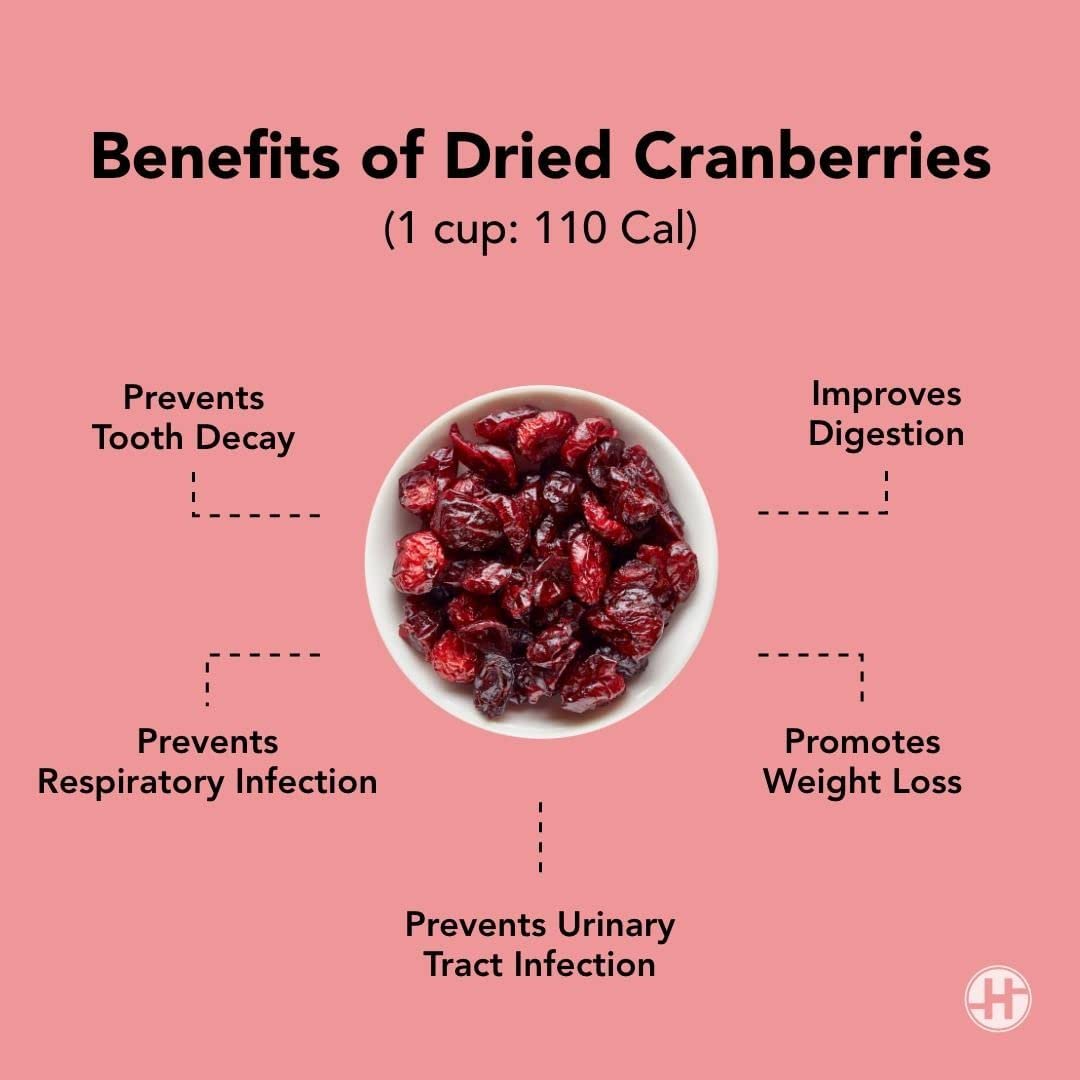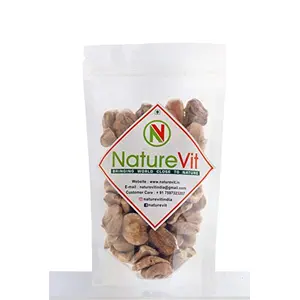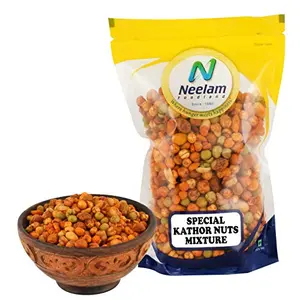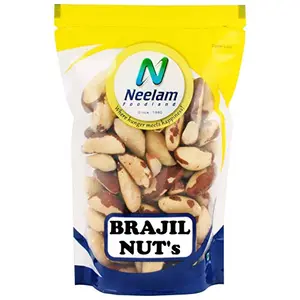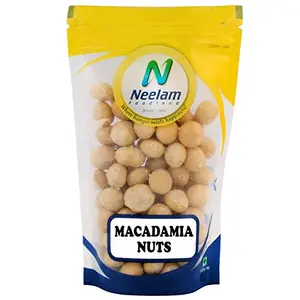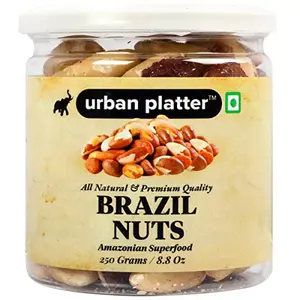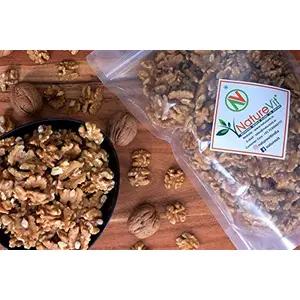Shipping Price - Flat 10C$ Charges or Get Free Shipping on order above 80C$ with minimum 3 Qty.
Dried cranare higher in fiber but lower in most nutrients than cranberry juice. Cranare nutritious high in fiber and rich in antibut when you juice them or dry them their nutritional profile changes. Juicing removes some of their fiber content and the heat used during the dehydration process depletes them of some of their water-soluble nutrients. Drying them condenses their vitamin and mineral content however making a handful of dried crancomparable in some respects to a glass of cranberry juice. Function If you are trying to increase your intake of antiwhich help prevent premature aging and may protect you against illness and bacteria cranberry juice is to dried cran. An 8-ounce glass of cranberry juice has 107 milligrams of vitamin C surpassing your daily requirement of 75 milligrams. A 1/3-cup serving of dried cranhas less than 1 milligram of vitamin C. Health and Cranberry juice provides one-sixth of the vitamin K you need each day while dried cranprovide one-tenth. Vitamin K helps your clot properly protecting you from develog bleeding disorders. However dried cranhave four times as much niacin as cranberry juice giving you 3 percent of your daily requirement. Niacin is a B-complex vitamin that works with other B vitamins to help your body convert food to energy. Control and Cranberry juice is a little more energy-dense than dried cranwith 137 per serving compared to 123 in dried cran. Each contains negligible amounts of protein and fat. One important benefit of snacking on dried cranis their fiber content however. A 1/3-cup serving has 2.3 grams of dietary fiber while cranberry juice has no fiber at all. The Institute of recommends that women get about 25 grams of fiber per day. Dried crancan help you meet that goal.





